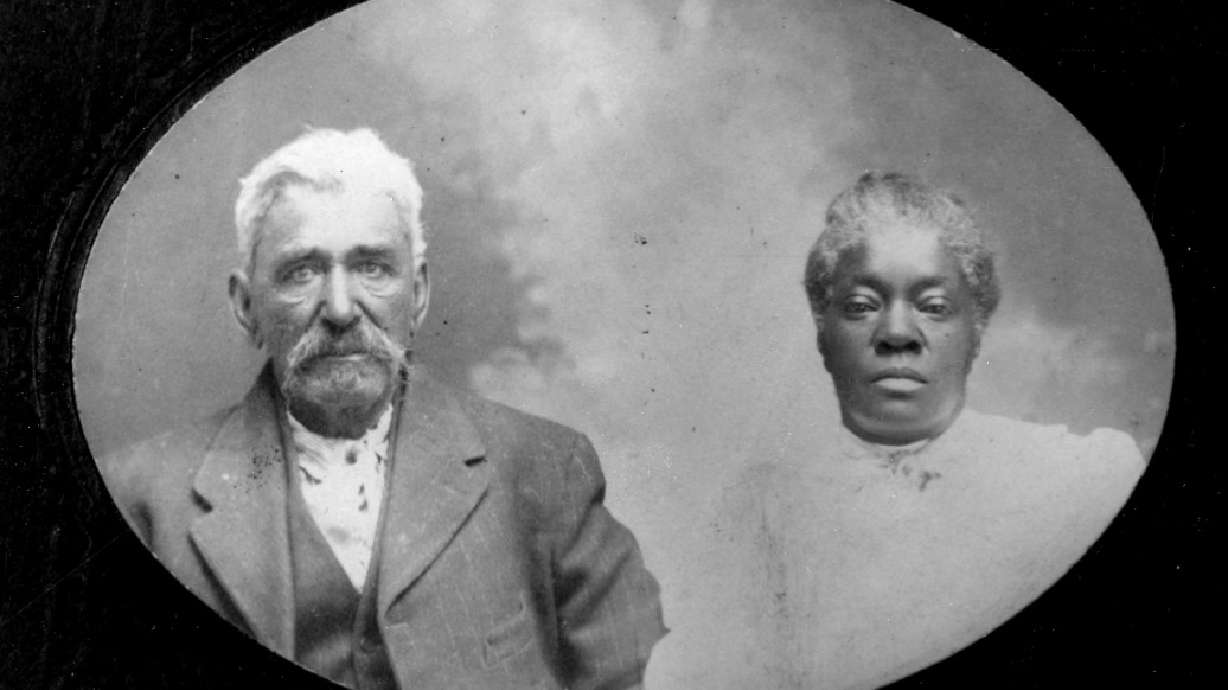Estimated read time: 3-4 minutes
This archived news story is available only for your personal, non-commercial use. Information in the story may be outdated or superseded by additional information. Reading or replaying the story in its archived form does not constitute a republication of the story.
Editor's note:This article is a part of a series reviewing Utah and U.S. history for KSL.com's Historic section.SALT LAKE CITY — A new database launched Saturday collects forgotten stories of early black members of The Church of Jesus Christ Latter-day Saints and will make their stories more accessible for people to find.
The database, “Century of Black Mormons,” a joint effort between University of Utah history professor Paul Reeve and the J. Willard Marriott Library, currently catalogs the stories of 40 black church members from 1830 to 1930 — the first 100 years of the church — and will add 200 more stories in the near future.
“The beauty of the database is the primary source documents — now available to the public to explore and make meaning for themselves,” Reeve said in a statement. “I think visitors to the database will be surprised at the previously unknown stories they find as well as the diversity of geographic locations where black saints converted.”
The stories include people like Elijah Able, who was baptized into the LDS Church in 1832, ordained to the church’s priesthood in 1836 and quickly became a member of the church’s Third Quorum of the Seventy (at the time a missionary — rather than a church general authority — distinction, according to the database).
Another black member was Freda Lucretia Magee Beaulieu, who became a convert to the LDS Church in Mississippi in 1909, and entered the LDS temple for the first time 69 years later.
The database was officially unveiled during "Black, White, and Mormon II: A Conference On Race in the LDS Church Since The 1978 Revelation." The conference revolves around the 1978 proclamation that allowed "all worthy male" LDS Church members to receive the faith's priesthood and access its temples.
The new database is another example of recent work historians have done to highlight the stories of early black LDS Church members, pioneers and early Utah residents.
Amy Thiriot, an independent historian and author, spoke about black pioneers and early Utah residents at the Church History Museum in February.
Related:
During that presentation, Thiriot noted that the 1850 Census states that a combined 50 slaves or freemen lived in Utah at that time, and that number rose to 59 in 1860.
That number is likely higher but documentation is hard to find, which is the largest hurdle historians have in chronicling the era. The LDS Church didn’t keep baptismal records as well as it does now, and slaves typically used different surnames when they became freed, she said.
Much like the University of Utah database is expected to make the stories of the first black LDS members more accessible, Thiriot’s book, “Slaves in Zion: African American Servitude in Utah Territory,” is anticipated to add details about early black slaves in Utah, and is set to be released later in 2018 or 2019.











